They are rarely seen in their homes, occasionally they return with the joy of their produce, but on most days they return with nothing but hope, hope for better days. These are the men and women of the mines, the small-scale gold miners of Tanzania.
I had an opportunity to interview some of these men and women here in Dodoma at the Mpinga gold mine. The mine is located in a remote part of Bahi district, surrounded by a few farming villages amidst quiet, dry, and mostly uninhabited land which is about 39 Kilometers from Dodoma town.
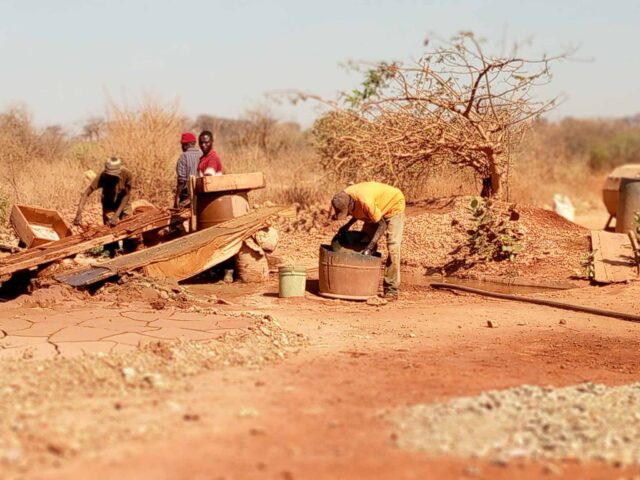
Working blindly, by feeling and guts
I was welcomed by a few men and a lady who gave me a tour across the mine, ‘Grrrr, grrr, grrr, grrr’ was the sound of a machine in the mine that was not easy to avoid. It’s almost eight years since these miners found a significant amount of gold, since then they haven’t been so lucky, but they remain hopeful.
“We go blindly here by gut feeling and touching,” says Mohamed Juma Mohamed, as I was introduced to them “We don’t know how far we should go to find gold, it’s all guesswork”.
Mohamed continued to explain why the lack of geological data hurt their venture “if I go to the bank today I can’t tell them how far the gold is, it could be easier to convince them to give me a loan if I know how far is the gold, this would have been possible if the area was surveyed.”
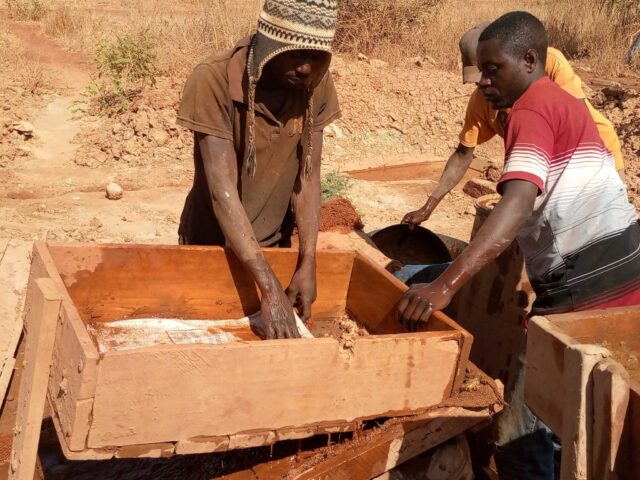
Small-scale miners explore areas like this based on the historical background as the seasoned gold businessman and miner, Oscar Maboko put it, “They start to mine in an area because there is a historical track record of having gold”. This historical record includes mines left behind during the colonial period or just past trends clarified Oscar.
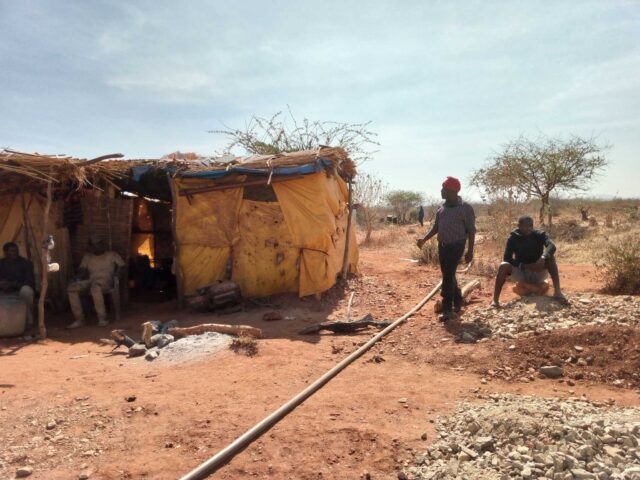
Hard work and hope, are the words that stuck in my head as I looked through the small makeshift huts these miners sleep in. But before we go far, it’s important to understand why these miners’ story is important to Tanzania and you.
In Gold we trust
When COVID-19 hit the world, as export and tourism were disrupted, gold price was on the rise, and Tanzania benefitted more than ever in gold export. This meant stability to its shilling as well as a steady balance of payment in that critical moment.
Again with the Russian-Ukraine war which increased energy prices, and an enormous import bill that hassle Tanzania shilling, gold contribution remained high, stabilizing the shilling.
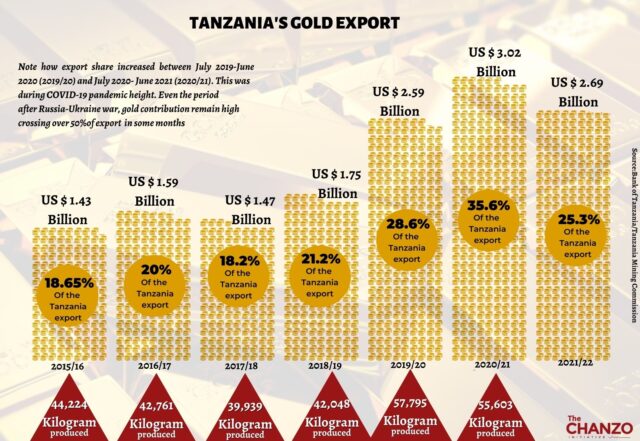
By 2021, mining contribution to Tanzania’s GDP stood at 7.2 percent, with gold being the biggest contributor in production, export, and value.
But most of this impact is attributed to the reform that Tanzania made in its mining landscape, with the most stand-out structure being the establishment of the mineral and gemstone market all over Tanzania. Up to 2021, there were about 42 mineral markets
With the introduction of the mineral markets, the overall contribution of small-scale miners in production reached about 44 percent by 2021. And the revenue share of artisanal and small-scale miners has increased from 5 percent recorded in 2018 to 29.9 percent in 2021.
“It is now possible to measure the impact of artisanal and small scale mining because of the 2017 reforms” said Paul Mikongoti, Policy Analyst at Hakirasilimali, a civil society working around mineral oil and gas,”mineral markets have made it possible to keep track”, elaborated Mr. Mikongoti.
To date, after Geita region which has the Geita Gold mine, Chunya in Mbeya region which is home to thousands of artisanal small-scale miners is the second largest producer of Gold in Tanzania passing Kahama and Mara which both have large-scale mines.
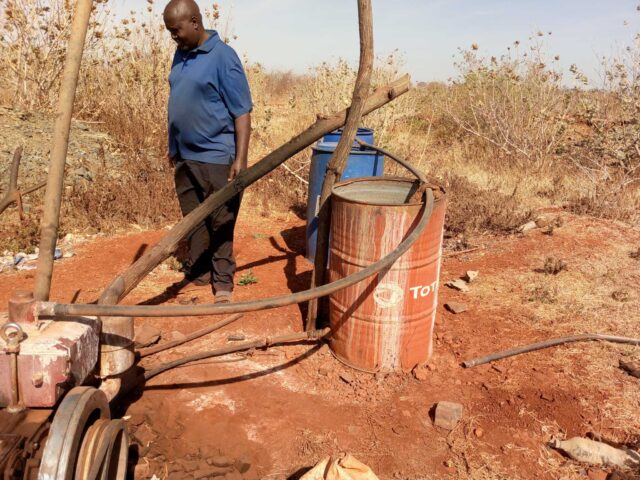
But the contribution of small-scale miners is way beyond these numbers, especially to local community as explained by Mr.Maboko , “in a big site you may find there about 700 miners” said Mr.Maboko, a mine owner with over a decade of experience, “these people would hire about 5 paid assistants each, all goods and services will be purchased at the local community, it’s a big economy.”
To put it short, small-scale miners’ contribution cannot be ignored, it is significant and essential.
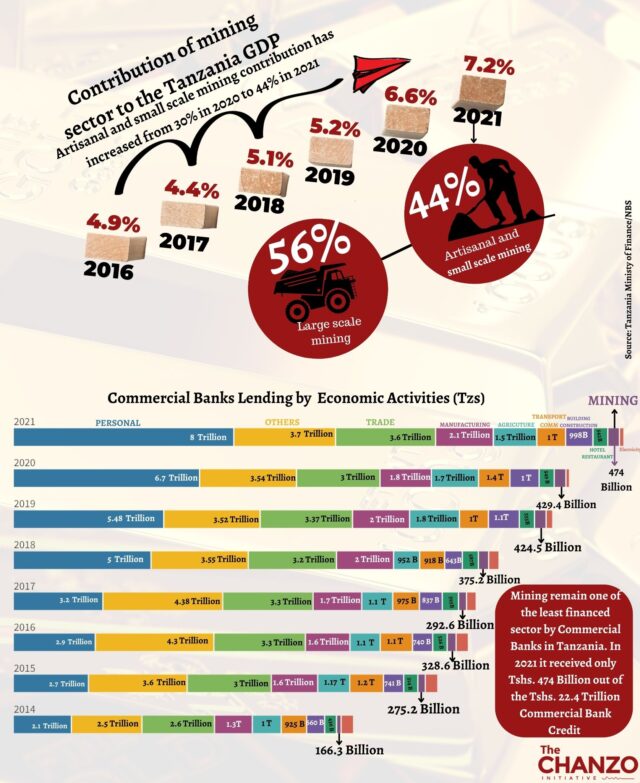
High risk, low technology, old challenges
As we walk around every time my hosts would remind me to beware of the large and hollow pit around mining sites. This reminds me of an incident that happen in Itumbi, Chunya in June 30, 2022, when a 16-year boy, Ally Hassan, was killed after the mine shaft collapsed.
In desperation, Hassan had secretly entered the mine at dawn, with the expectation of getting something, only for his body to be discovered later as min has closed in on him.
The small-scale mining activities are characterized by the low use of technology, mine shafts are only supported with timbers.
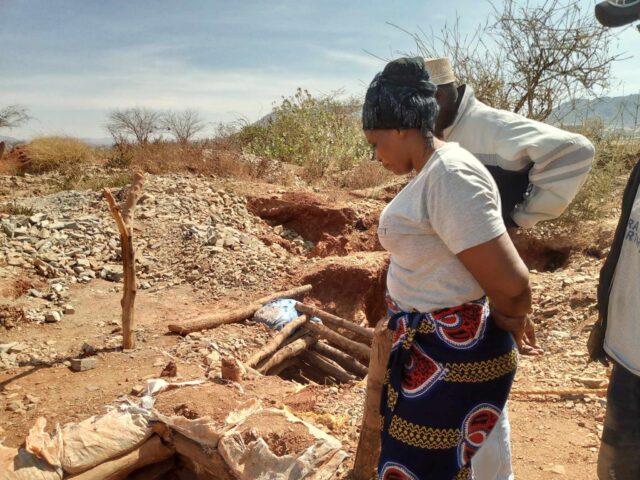
Moreover, there is a never-ending struggle of getting the right tools, “This was a good mine but we had to leave it because of water” explains Issa Omari one of the miners at Mpinga mines “we don’t have the equipment to pump out water.”
“We have left many mines [mine shafts] here because we don’t have tools like generators and pumps” emphasized Rehema Mgale, “honestly there is gold here, we just need investment.”
The big question is how can we reduce these never-ending barriers, and increase the productivity of these miners?
Small Scale miners are the future, not the past
My conversation with these miners, experts, and other stakeholders has led me to the conclusion that after the 2017/2018 mining reform, the next reform should be on small-scale miners.These reforms has to put miners at the center of the transformation, their views, and experience are crucial.
Why? This are people who already have experience and have their boots on the ground. While it will take another 5 years to close another 100 million mine deal, it’s possible to turn a few hundred small-scale miners into USD 100 million output, and they’re already over a million small-scale miners scattered across the country. They have the will, guts, and ambition, it just need to be matched with the right energy from stakeholders.
It comes down to three things availability of geological data, capital, and modernization of mining sites. On the availability of geological data, the government should survey various areas and then allow different small-scale miners to extract and have ownership of different parts inside the researched zone. The license should stay with the government in this setup and not be owned by one individual or corporation.
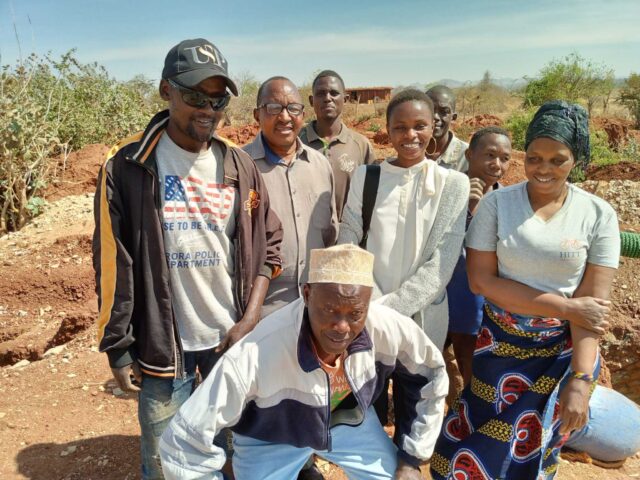
The next item is the modernization of the mines, this would include technology, environment protection as well as skills development in the mine area. Miners recommend that the government experiment with loaning out basic equipment to mine sites across the country, starting with areas with potential and high-value commodities such as gold. This is so as to set up a baseline for financial sector involvement.
The percentage of the funds collected through royalties can be used to help transform artisanal and small-scale mining, this is with the outlook of an investment made for future earnings.
It’s also important to link up some of these young geology graduates and engineers to mine sites for continued advice to miners, these people can be trained and placed in several potential areas for onsite research and advice to miners.
But more importantly, building the capacity of miners in basic record keeping and business running. With the availability of data, and the government establishing a baseline for financing, it’s expected that these miners will be close enough to be bankable but also set a launchpad for the next revolution in the mining sector.
Jackline Kuwanda is The Chanzo’s correspondent from Dodoma. She can be reached via jackline@thechanzo.com.


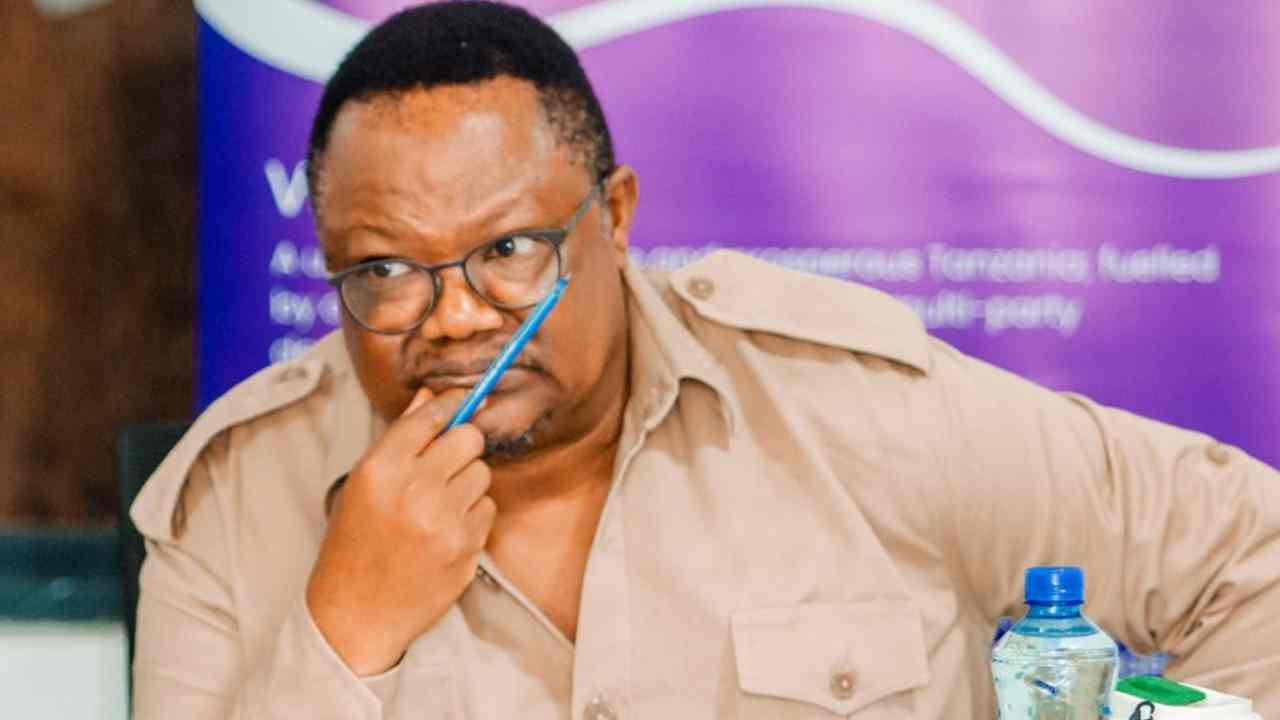

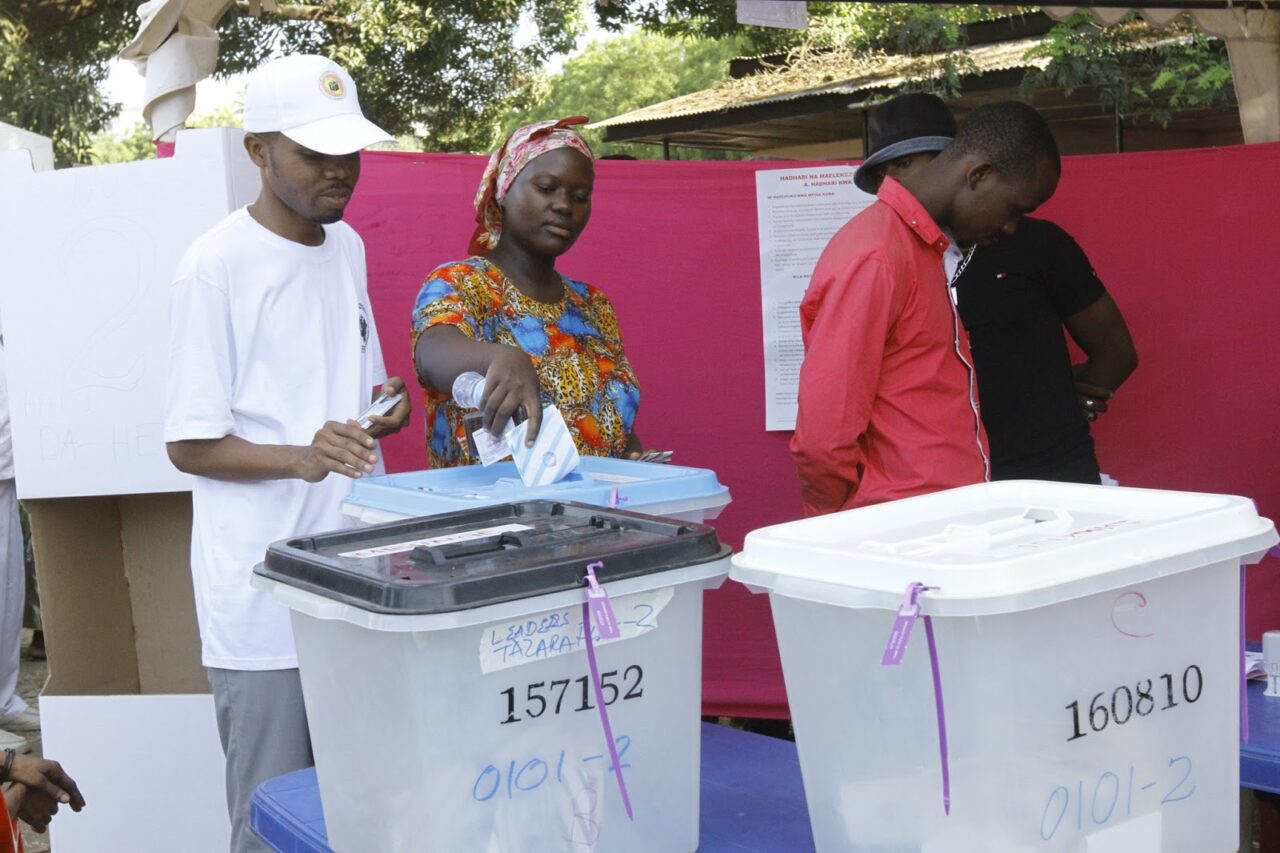
One Response